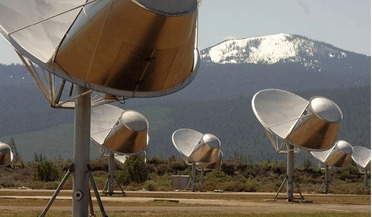 August 2020
Interstellar aspirations
August 2020
Interstellar aspirations
... to visit in the nearby star systems. Soon after the announcement, a group using the European Southern Observatory’s Very Large Telescope in Chile detected a planet the size of Earth orbiting Proxima Centauri, the small red dwarf star in the...
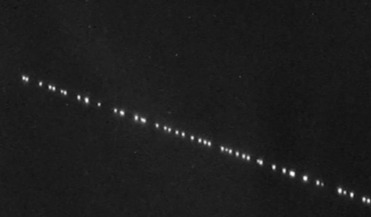 04 June 2020
Mega constellations and their impact on astronomy
04 June 2020
Mega constellations and their impact on astronomy
... is based on three world class sites in the Atacama Desert, Chile. The biggest is the Very Large Telescope VLT which consists of four telescopes, each with a mirror 8.2 metres in diameter. Images of objects as faint as magnitude 30 have been imaged...
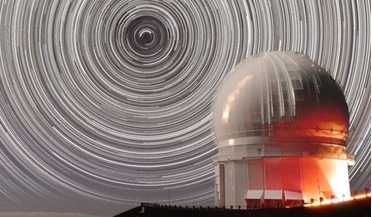 14 August 2019
Protesters block asteroid detection safety work
14 August 2019
Protesters block asteroid detection safety work
... with Earth this September, estimated at a 1-in-7,000 chance. Shortly after the start of the protest, observers at the Very Large Telescope array in Chile ruled out that possibility – not by finding the asteroid itself but by looking at the place...
 04 October 2019
Have ancient filaments helped uncover the nature of dark matter?
04 October 2019
Have ancient filaments helped uncover the nature of dark matter?
... early Universe. Using the Multi Unit Spectroscopic Explorer (MUSE) at the ESO Very Large Telescope (VLT) in Chile and the Suprime-Cam at the Subaru telescope, the team’s detailed observations have helped uncover that these filaments are...
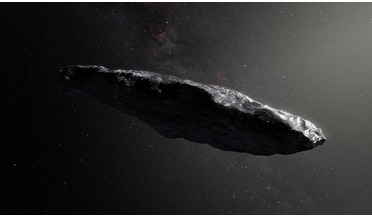 21 November 2017
First interstellar asteroid looks nothing like expected
21 November 2017
First interstellar asteroid looks nothing like expected
... as possible about the object before it disappeared off again. One telescope to get a good look at `Oumuamua – an Hawaiian name meaning ‘scout’ – was ESO’s Very Large Telescope (VLT). Observations show that `Oumuamua varies dramatically in brightness...
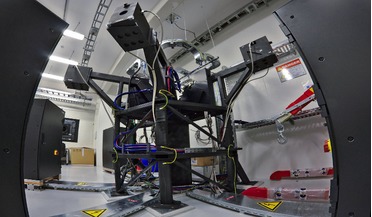 06 December 2017
The next generation planet hunter is here!
06 December 2017
The next generation planet hunter is here!
...exoplanets with unprecedented precision by looking at the minute wobbles in the host stars’ motion. Installed on ESO’s Very Large Telescope (VLT) in Chile, ESPRESSO is the successor to ESO’s hugely successful HARPS instrument. HARPS, which stands for...